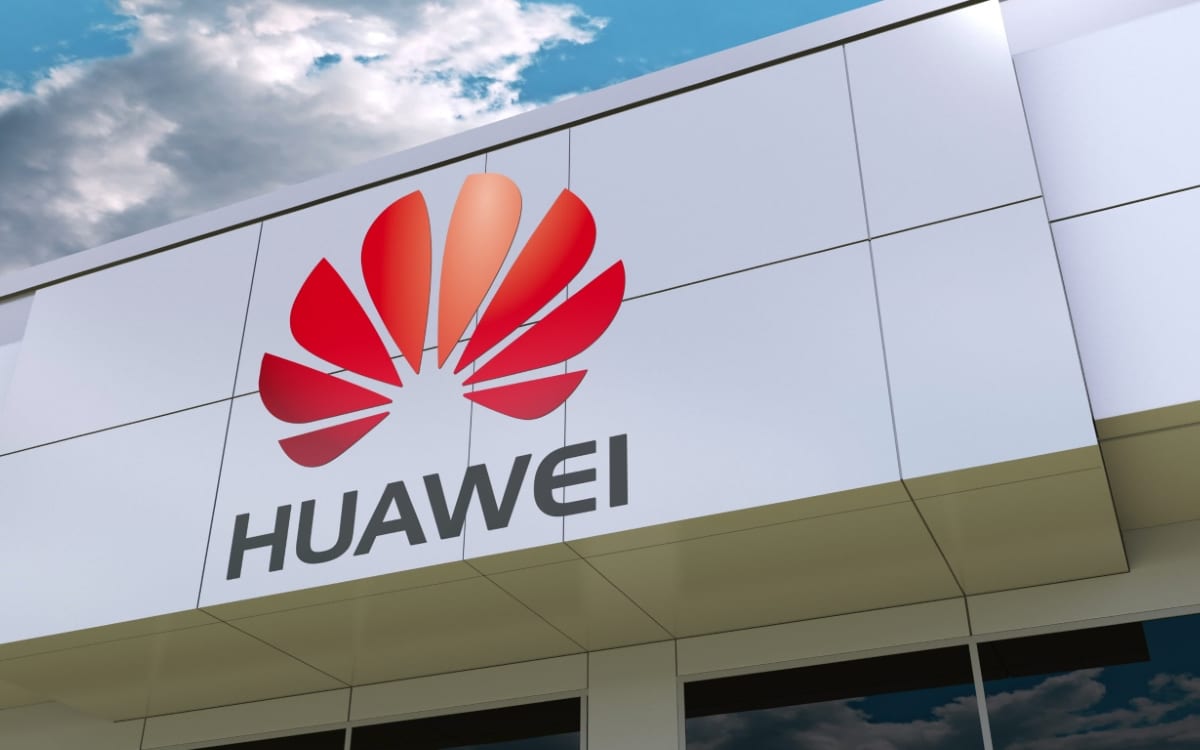If Huawei is no longer a major global player in the field of smartphones and telephony, the company has not abandoned the development of other technologies. She is about to make a big announcement in the field of AI.
According to the IT Home website, Huawei will present a large language model called Pangu-Σ. The application that will take advantage of it, called Pangu Chat by journalists, will offer more or less the same services as ChatGPT, the current reference in terms of artificial intelligence for the general public. According to sources familiar with the matter, the AI will first be made available to Chinese professional and institutional users, but we can still assume that the chatbot will be sooner or later accessible to ordinary Internet users.
Pangu Chat, just like GPT-4, is a multimodal AI that understands both text and images. This will allow him to answer the most specific questions or to decipher and understand an image, for example, to give you a summary. The comparison between the two technologies does not stop there, because in the race for parameters, the Chinese giant claims to surpass the OpenAI LLM: when ChatGPT only has a trillion parametersthe Asian company prides itself on having assigned 1085 billion to its chatbot.
Huawei has created its own chatbot to beat ChatGPT on its ground
Pangu Chat is expected to be showcased at Huawei’s developer conference, and will first be tested internally by the company’s engineers. The appearance of this new LLM intended to compete with the ubiquitous ChatGPT owes nothing to chance, the company having started developing it in November 2020. The technology has, it seems, reached maturity, because according to IT Home still, the level in terms of dialogues of the large model PanGu-Σ should be close to that of GPT-3.5.
Alongside Pangu-Σ, Huawei notably created Pangu CV, the largest machine vision model in the world, with 3 billion parameters or several automatic language processing modules, as well as scientific calculators. These new technologies will propel this “made in China” chatbot and should ensure its adoption by industrialists in the Middle Kingdom.
